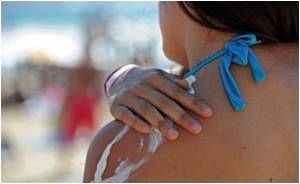Ultraviolet (UV) radiation levels may remain high during winters, so adults participating in outdoor sports should rely on the season and time of day when judging the need for

Data were collected at 32 high-altitude ski resorts in western North America from 2001 through 2003.
The authors found that during winter months, average UV levels at the 32 ski areas were moderately low but varied substantially. The strongest predictors of increased UV radiation were clear skies, time close to noon and deviation from the winter solstice.
Additionally, altitude and latitude had minor associations with higher UV radiation and temperature had a small positive relationship with UV levels.
Adult sun protection behaviours did not consistently increase with elevated UV levels, and use of sunscreen lip balm, application of sunscreen 30 minutes prior to skiing, wearing a head cover with a brim and wearing gloves were all unrelated to UV levels.
However, as UV levels increased, adults were more likely to report wearing sunscreen with a minimum 15 SPF and were more likely to reapply it after two hours. Adults were also more likely to wear sunglasses or goggles as UV levels increased.
Advertisement
"Skiers and snowboarders evidently monitor outdoor alpine environments in two ways, for sun protection and cold protection.
Advertisement
However, adults seem to base protective clothing choices seem on inclement weather rather than elevated UV concerns as they took steps to maintain body warmth on inclement days but took more sun safety precautions on clear-sky days.
The findings were reported in the Archives of Dermatology, one of the JAMA/Archives journals.
Source-ANI











